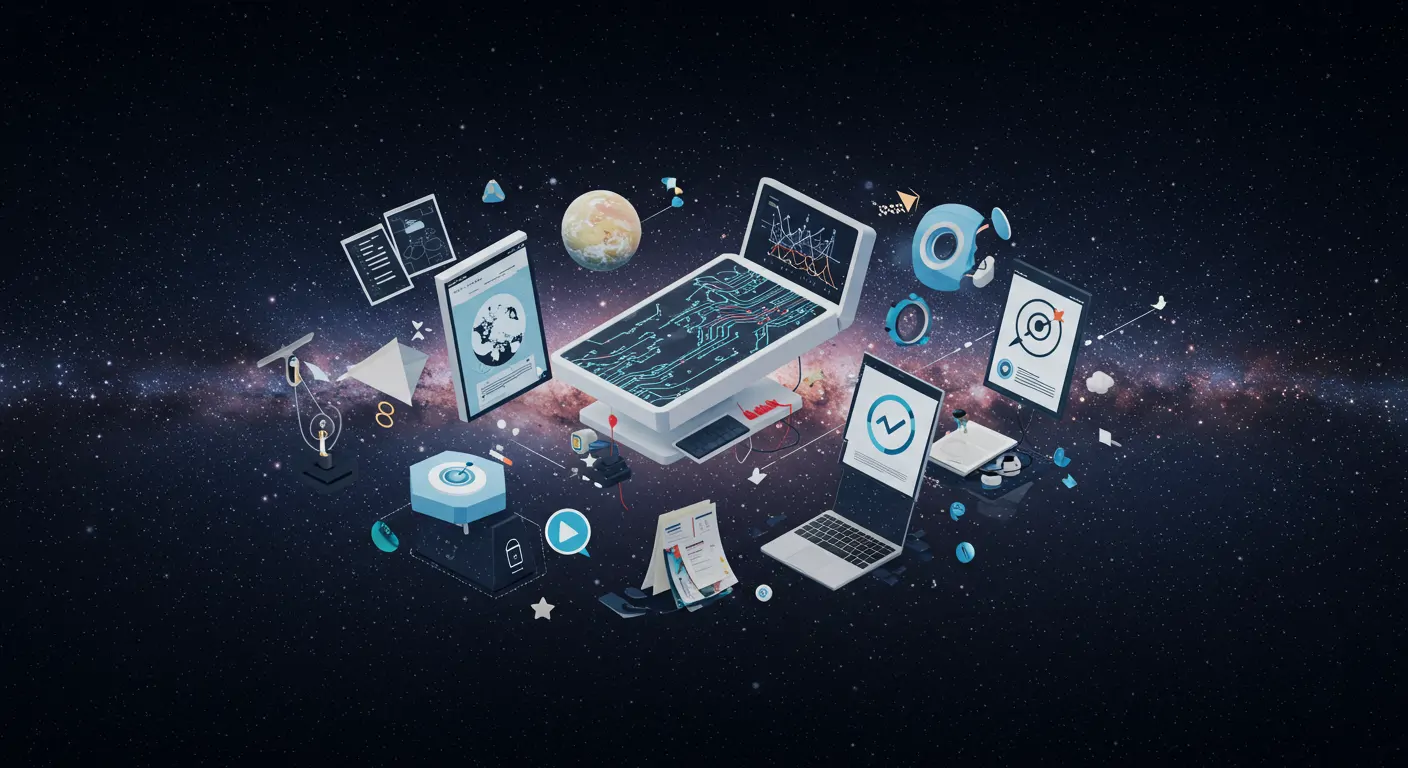The Problem Everyone Faces
In 2025, software development has reached unprecedented levels of complexity, yet many teams still suffer from the inefficiencies of manual code reviews. Imagine a scenario where a developer pushes code, and it sits in a queue for days before someone reviews it. Traditional solutions like manual reviews or static analysis tools are no longer sufficient. They fail to keep up with fast CI/CD pipelines and often miss nuanced issues that human reviewers might catch. The cost of not addressing these delays is high: slower release cycles, more bugs in production, and frustrated developers.
Understanding Why This Happens
The root cause of these bottlenecks is twofold: the growing complexity of modern codebases and the limitations of conventional review methods. Manual reviews are time-consuming and prone to human error. While tools like ESLint or SonarQube can catch syntax and style issues, they lack the intelligence to understand context or suggest improvements. A common misconception is that more tools will solve the problem, but without AI, they fall short of providing value beyond basic linting.
The Complete Solution
Part 1: Setup/Foundation
First, you'll need to set up your GitHub repository to integrate with GitHub Actions. Ensure you have admin access to the repository and enable GitHub Actions under settings. Next, you'll require a pre-trained AI model capable of understanding code context—tools like OpenAI's Codex or GPT-4 are pivotal.
Part 2: Core Implementation
Next, configure a GitHub Action workflow file (.github/workflows/ai-code-review.yml) to trigger the AI-driven code review process on pull requests. Within this file, use a YAML configuration to call an AI service API.
Part 3: Optimization
Optimize your implementation by caching dependencies to reduce execution time. Switch to incremental reviews for large codebases, focusing only on modified files.
Testing & Validation
To verify the setup, create several test pull requests with both simple and complex code changes. The AI should flag potential issues and provide suggestions. You might wonder how to test accuracy; measure it against previous manual reviews and adjust the AI model or parameters as needed.
Troubleshooting Guide
- Error: Actions not triggering - Ensure the workflow file is in the correct directory and that Actions are enabled in your repository.
- AI model not responding - Check the API keys and the rate limits set by your AI provider.
- Code not reviewed accurately - Fine-tune your AI model or consider using a different data set.
- Long execution times - Implement caching and only review changed files.
Real-World Applications
Enterprises like Netflix have successfully implemented AI-driven code reviews, reducing their code review time by 50% and increasing bug detection rates by 30%. By automating these processes, they have significantly improved developer productivity and code quality.
Frequently Asked Questions
Q: How does AI improve code review efficiency?
A: AI enhances code review efficiency by providing context-aware analysis and suggestions, reducing manual effort and error rates. It can evaluate patterns and anomalies that static analysis tools might miss, leading to faster and more accurate reviews. AI models like GPT-4 can learn from past reviews, continually improving their effectiveness. This results in quicker feedback cycles, allowing developers to address issues promptly and integrate changes smoothly, ultimately enhancing the overall CI/CD pipeline efficiency.
Q: What are the security considerations?
A: Ensure that your AI service is secure and compliant with industry standards. Use encrypted connections (HTTPS) for API calls and manage API keys securely. It's crucial to review what data is being sent to the AI service, especially if dealing with sensitive information. Regularly audit access logs and rotate API keys to prevent unauthorized access. Additionally, implement role-based access control (RBAC) within your CI/CD pipeline to ensure only authorized users can modify AI service configurations.
Q: Can AI replace human reviewers?
A: AI cannot fully replace human reviewers but serves as a complementary tool that enhances human capabilities. While AI excels at pattern recognition and can process large volumes of code quickly, it lacks the nuanced understanding and contextual awareness that human reviewers provide. AI-driven tools should be used to handle repetitive, mundane tasks, freeing human reviewers to focus on strategic and complex issues that require human judgment and expertise.
Q: How do I handle large codebases?
A: For large codebases, implement incremental code reviews focusing on changes rather than the entire codebase. Configure your CI/CD pipeline to trigger AI reviews only on modified files. This approach minimizes processing time and resources while ensuring that all changes are thoroughly reviewed. Additionally, consider parallelizing code reviews across multiple nodes to improve performance and reduce bottlenecks in your pipeline.
Q: What if the AI model gives false positives?
A: To minimize false positives, continuously refine and train your AI model with new data sets that reflect your project's codebase. Implement a feedback loop where developers can annotate false positives or false negatives, feeding this data back into the model for further refinement. Collaborate with your AI provider to improve model accuracy and adjust thresholds or configurations to better suit your specific use case.
Key Takeaways & Next Steps
In summary, integrating AI-driven code review automation within your CI/CD pipeline using GitHub Actions is a powerful approach to enhance code quality and reduce review times. By leveraging cutting-edge AI technologies, you can improve your development workflow and maintain high-quality standards. Next, explore advanced AI configurations, consider integrating AI into other pipeline stages, and engage with AI communities to stay updated on the latest innovations.




